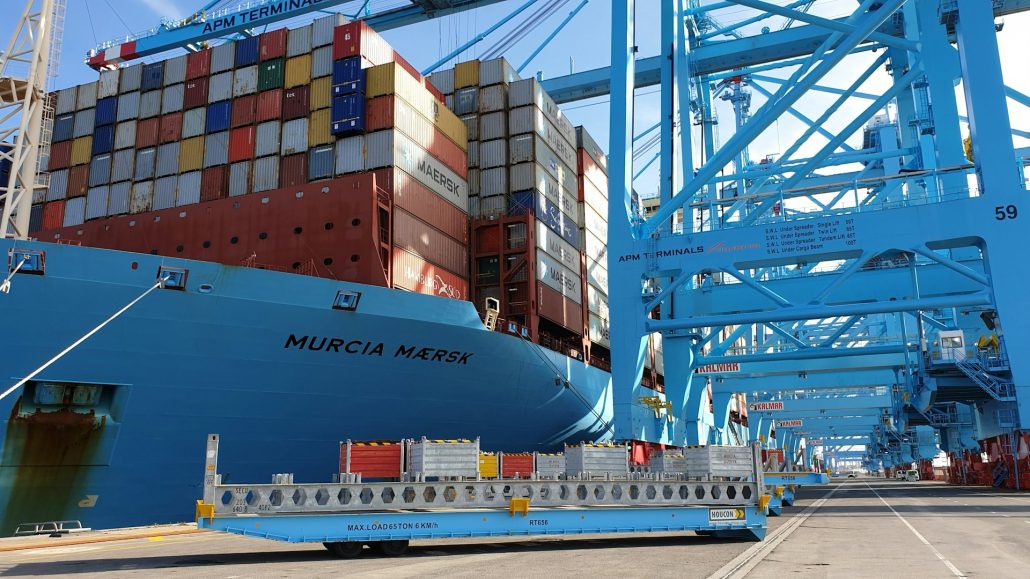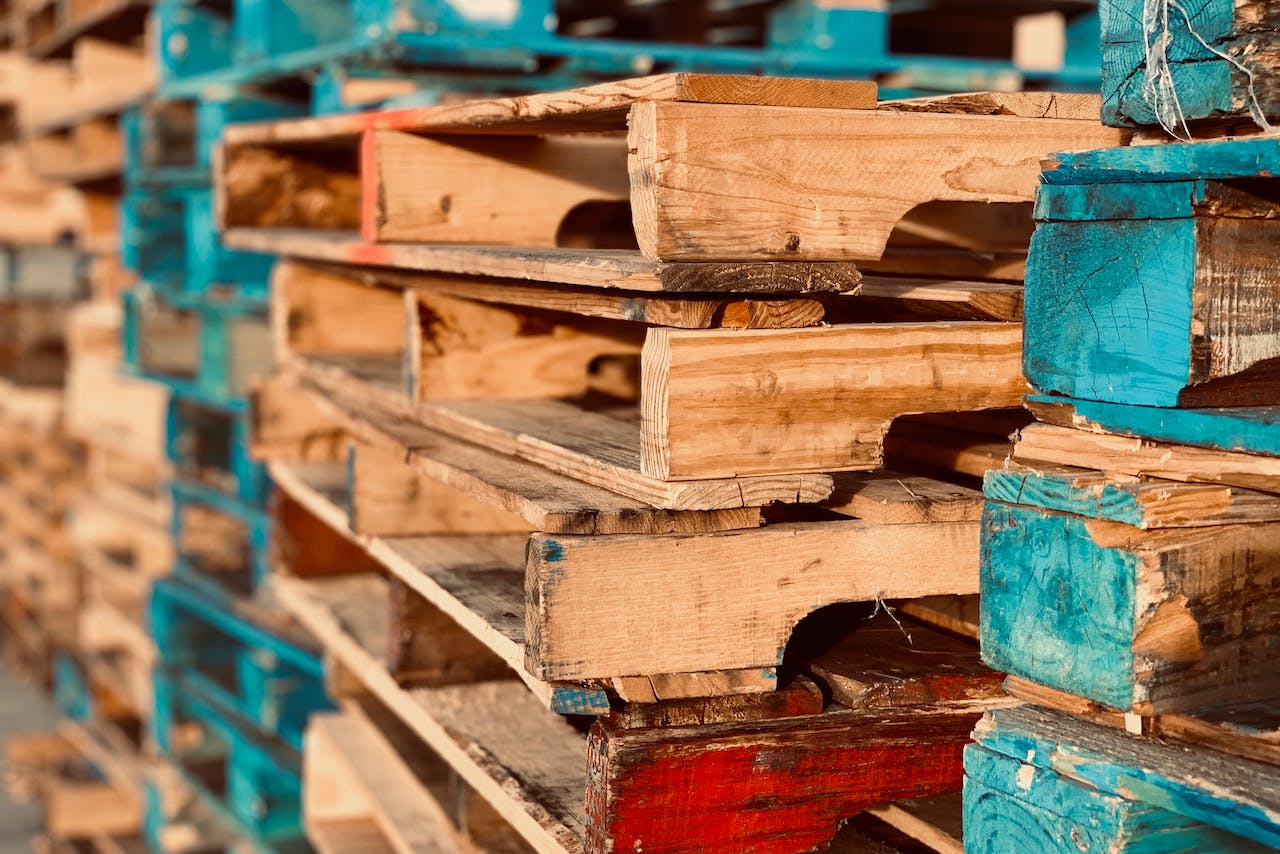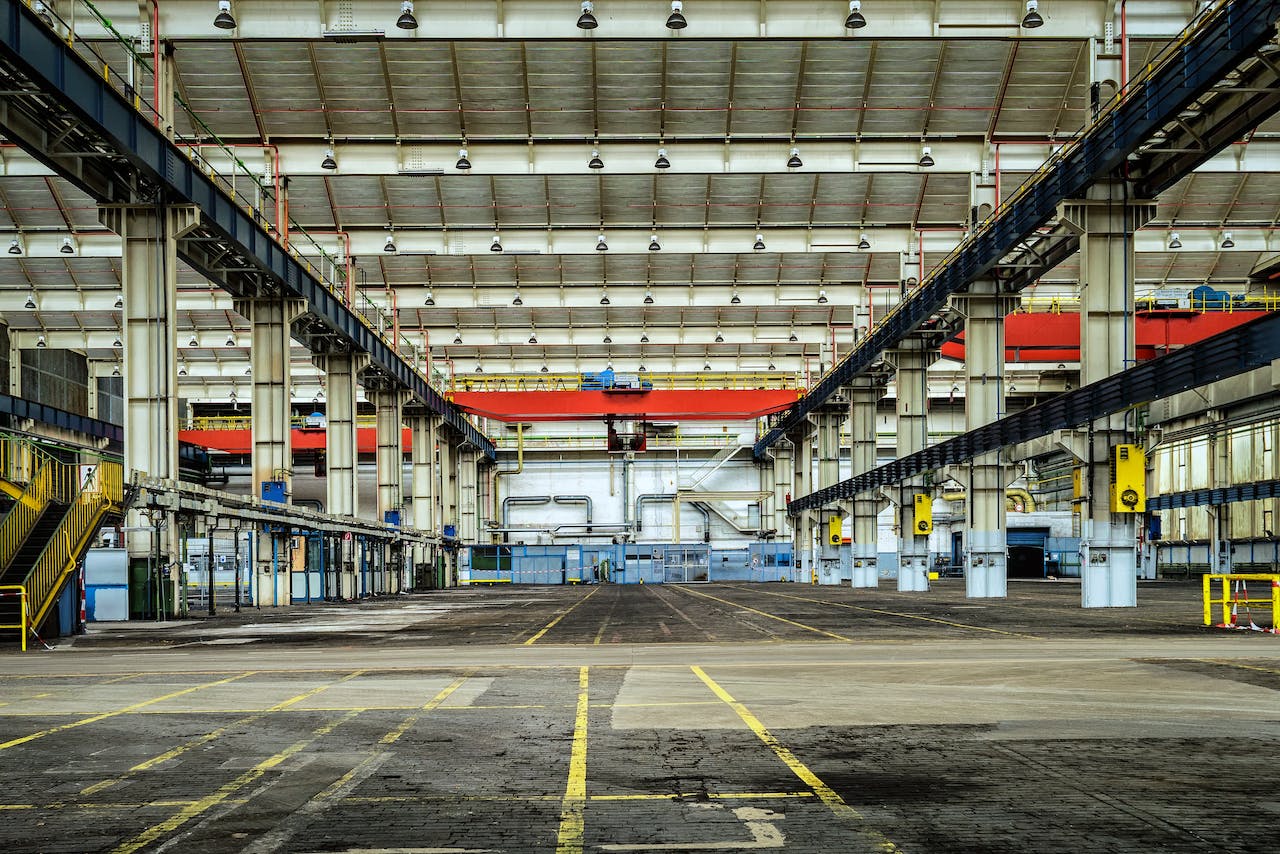Crucial Tips for Running a Successful Car Shipping Business
A car shipping business connects buyers who need new cars with car manufacturers who are searching for regular customers. If you’re looking to venture into this business, your primary concern should be eliminating risks and delivering cars to your clients in the shortest time possible. With an already structured and registered business, you might wonder how to run your business successfully in the long run. Here are four crucial tips to get you started.
Choose Your Equipment Wisely
Choosing the right equipment is important in this line of business, as the type of equipment you choose will determine the quality of service you offer your clients. You should include the necessary equipment and estimated costs of acquiring these pieces. From haulers and towing tracks to trailers, winches, and shipping containers, you should have enough equipment in the right condition to get you started.
Carry out proper research and compare prices from different suppliers before you commit to payment. For instance, if you’re searching for shipping containers for sale, getting different quotes and referrals while checking if the sellers accept financing options for non-cash buyers is important.
Get a Good Insurance Cover
Running a successful car shipping business demands you get the right motor trade insurance to cover your vehicles and other assets in case of eventualities. This insurance should cover your business and the employees who drive and care for your vehicles. The best coverage also protects your business premises against vandalism and fire-related accidents.
Invest in Technology
Whether it’s about boosting security or reducing delivery times, sound technological systems are vital to the success of your car shipping business. From when a customer places an order to when they receive it, tracking the shipment and keeping in touch with your supplier is necessary. To do this seamlessly, you’ll need efficient tracking tools and GPS technology to relay accurate shipment status data.
Additionally, you’ll need efficient and latest security tools such as biometric door locks, CCTV cameras, and motion sensors installed at your business premises to boost on-site security. While investing in swift technological systems looks expensive initially, doing so helps minimize and manage losses while lowering the overall cost of shipping cars.
Maintain a Steady Cash Flow
Car shipping businesses are cash-intensive and usually demand consistent availability of cash to keep normal operations running smoothly. Since you need readily available cash to pay utility bills and employee wages, the best way to start building a steady cash flow is by opening a business bank account.
With an established business bank account, you can easily receive and process your employee payments in the safest and fastest way possible. You can also easily track your income and expenditure records for easy tax compilation. The account will also help you finance your recurring business needs on credit when your business lacks immediate funds to pay urgent pending bills. You don’t have to limit your business to one business bank account; you can open multiple accounts to cater to various needs as your business grows.
Running a successful car shipping business comes with a fair share of challenges you can overcome with adequate preparation. These four tips are especially important in helping you put your business on the right track for long-term success.





